Refine listing
Actions for selected content:
2251 results in Cambridge Elements
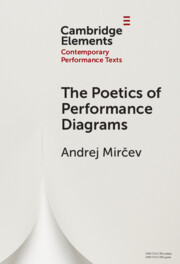
The Poetics of Performance Diagrams
-
- Published online:
- 05 June 2024
- Print publication:
- 20 June 2024
-
- Element
- Export citation
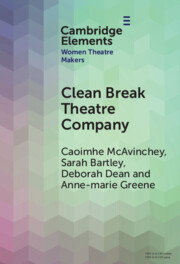
Clean Break Theatre Company
-
- Published online:
- 05 June 2024
- Print publication:
- 17 October 2024
-
- Element
- Export citation
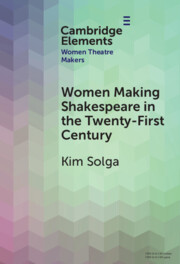
Women Making Shakespeare in the Twenty-First Century
-
- Published online:
- 05 June 2024
- Print publication:
- 17 October 2024
-
- Element
- Export citation
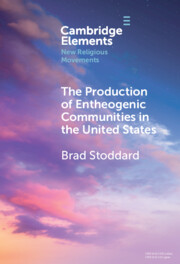
The Production of Entheogenic Communities in the United States
-
- Published online:
- 05 June 2024
- Print publication:
- 27 June 2024
-
- Element
- Export citation

Design Creativity
-
- Published online:
- 04 June 2024
- Print publication:
- 27 June 2024
-
- Element
-
- You have access
- Open access
- HTML
- Export citation
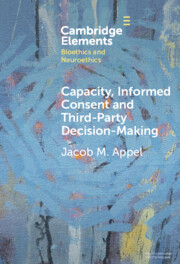
Capacity, Informed Consent and Third-Party Decision-Making
-
- Published online:
- 03 June 2024
- Print publication:
- 17 October 2024
-
- Element
- Export citation
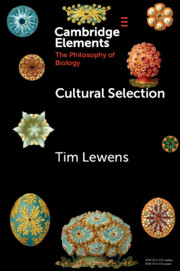
Cultural Selection
-
- Published online:
- 03 June 2024
- Print publication:
- 27 June 2024
-
- Element
- Export citation
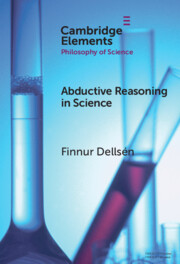
Abductive Reasoning in Science
-
- Published online:
- 03 June 2024
- Print publication:
- 17 October 2024
-
- Element
-
- You have access
- Open access
- HTML
- Export citation
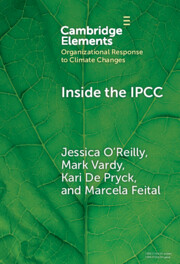
Inside the IPCC
- How Assessment Practices Shape Climate Knowledge
-
- Published online:
- 03 June 2024
- Print publication:
- 20 June 2024
-
- Element
-
- You have access
- Open access
- HTML
- Export citation
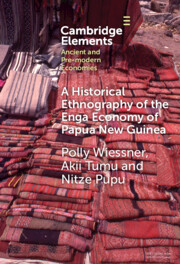
A Historical Ethnography of the Enga Economy of Papua New Guinea
-
- Published online:
- 31 May 2024
- Print publication:
- 20 June 2024
-
- Element
- Export citation
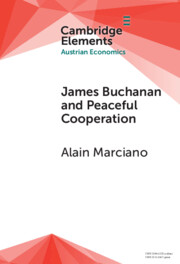
James Buchanan and Peaceful Cooperation
- From Public Finance to a Theory of Collective Action
-
- Published online:
- 31 May 2024
- Print publication:
- 27 June 2024
-
- Element
- Export citation
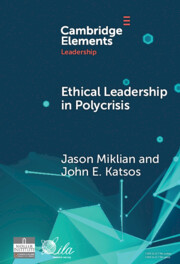
Ethical Leadership in Conflict and Crisis
- Evidence from Leaders on How to Make More Peaceful, Sustainable, and Profitable Communities
-
- Published online:
- 31 May 2024
- Print publication:
- 20 March 2025
-
- Element
-
- You have access
- Open access
- HTML
- Export citation
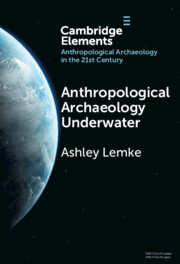
Anthropological Archaeology Underwater
-
- Published online:
- 30 May 2024
- Print publication:
- 31 October 2024
-
- Element
- Export citation
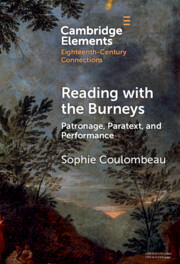
Reading with the Burneys
- Patronage, Paratext, and Performance
-
- Published online:
- 30 May 2024
- Print publication:
- 27 June 2024
-
- Element
-
- You have access
- Open access
- HTML
- Export citation
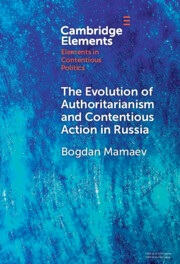
The Evolution of Authoritarianism and Contentious Action in Russia
-
- Published online:
- 30 May 2024
- Print publication:
- 20 June 2024
-
- Element
- Export citation
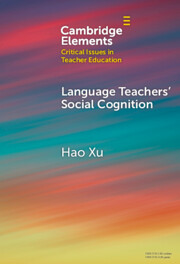
Language Teachers' Social Cognition
-
- Published online:
- 29 May 2024
- Print publication:
- 20 June 2024
-
- Element
- Export citation
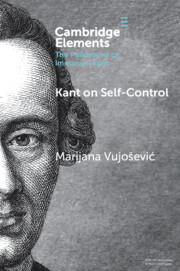
Kant on Self-Control
-
- Published online:
- 28 May 2024
- Print publication:
- 20 June 2024
-
- Element
- Export citation
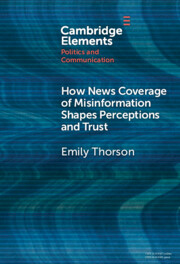
How News Coverage of Misinformation Shapes Perceptions and Trust
-
- Published online:
- 28 May 2024
- Print publication:
- 20 June 2024
-
- Element
- Export citation
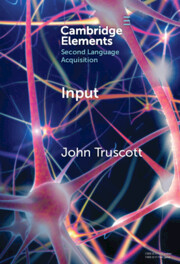
Input
-
- Published online:
- 28 May 2024
- Print publication:
- 27 June 2024
-
- Element
- Export citation
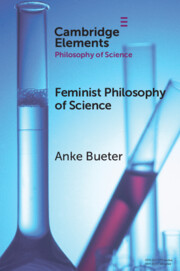
Feminist Philosophy of Science
-
- Published online:
- 28 May 2024
- Print publication:
- 20 June 2024
-
- Element
- Export citation
